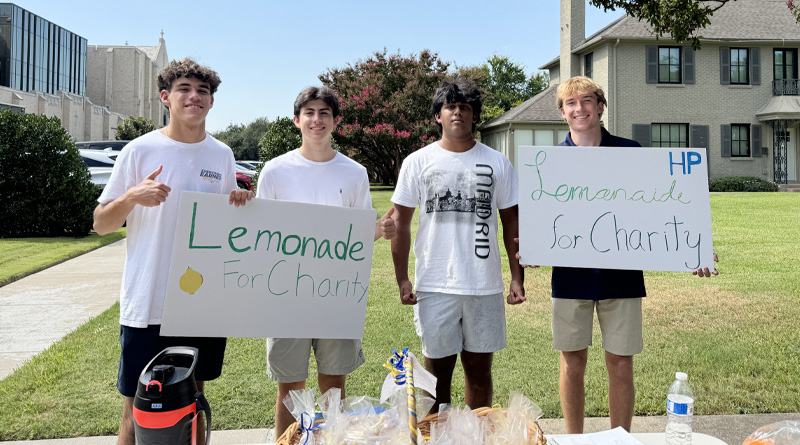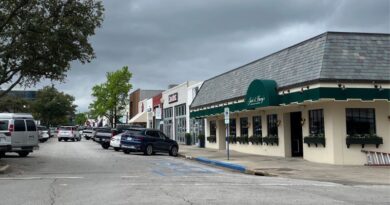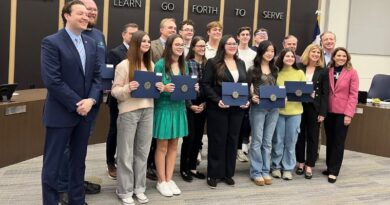Not Your Little Sister’s Lemonade Stand
Students build their business acumen through sweet drink sales
Students in Highland Park High School’s Moody Advanced Professional Studies (MAPS) program were given a $20 budget and instructed to open a lemonade stand.
But members of the Business Design and Leadership course managed to squeeze much more than a sweet drink out of the project. In a single weekend, they raised $5,367.25 for two nonprofits and learned business basics along the way.
The annual Lemonade Stand Challenge is as old as the MAPS program itself.
This year’s students went to work around their Park Cities neighborhood from Aug. 23 to 25 and got strategic about what they sold and how they sold it.
One group took preorders of lemonade and made deliveries. Another sold caffeinated beverages in front of sorority houses whose members had stayed up late preparing for rush.
“It does have to be legal,” said Polly McKeithen, MAPS professional engagement administrator. “You can’t start with anything more than $20 worth of inventory. But that’s kind of license to get creative.”
Seniors Ryder Greene, Austin Allen, and Brandon Lilly focused on hydrating beverages: Powerade and water. They first opened outside football practice, then restocked and relocated to the Katy Trail, where they sold for three hours and targeted thirsty young adults.
“We just really focused on keeping it simple and raising our margins,” Greene said. Teammates added that they picked good locations for their hydration products, focusing efforts on customers who they expected to be very thirsty.
This year’s top money-making team – Sloane Ogle, Izzy Ogle, Arden Rogers, C.C. Tinch, and Reagan Johansen – set up shop on the Katy Trail and outside soccer practice. The group used bottles and QR codes to make it easy to grab products on the go. The students also delivered online orders and advertised on social media.
The group didn’t set a price for its products but explained that the money would go to charity and invited customers to donate as much as they would like. The average cost-of-goods-sold was 23 cents per item, and the average sale was $10.65, group members said during a class presentation.
The project wasn’t over when inventory ran out. Students created income statements and balance sheets, identified market segments, created customer personas, completed a business model canvas, and presented to their peers on their market strategies and results, explained Jean Streepey and Jill Lewis, who co-teach Business Design and Leadership.
Then each team researched a nonprofit. Members looked at its mission, online reviews, and expense structure, and made a pitch to classmates about why it should have their support. Students chose two organizations, Camp Barnabas and Scottish Rite for Children, to receive the money.
The project, Streepey said, helped teachers learn more about the students and introduced participants to the work of area nonprofits and business fundamentals. By the time students reach the course’s final project — the ‘Scots Tank’ competition when they’ll showcase innovative business ideas — they’ll have built their skills and will better understand where their own interests lie.
“This is a really nice way to set vocabulary in place and basic business skills in place in a non-threatening way,” Streepey said. “It gives them a chance to see that every decision in business matters.”









